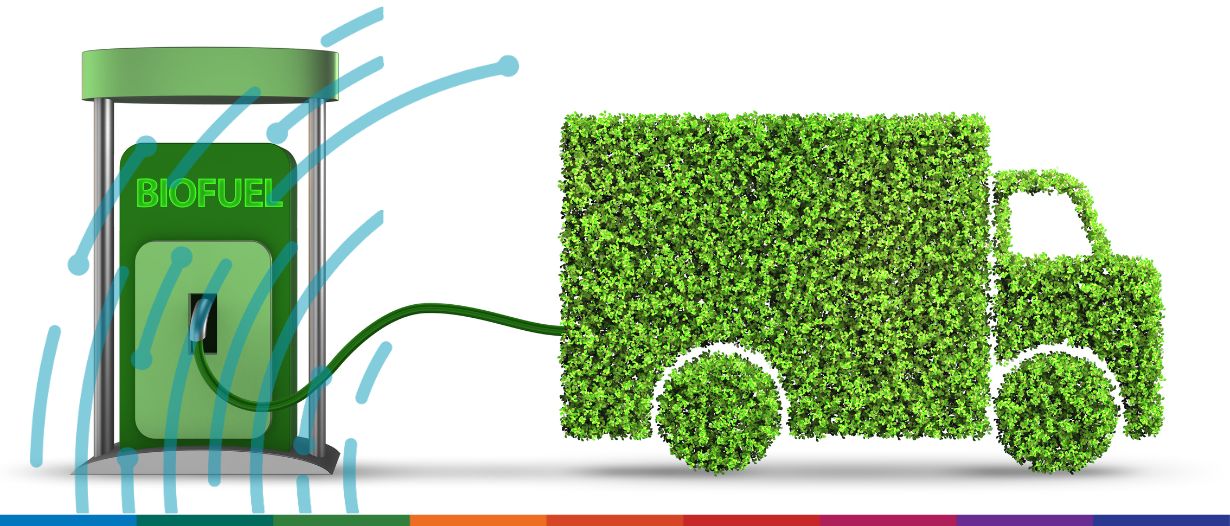Estimated reading time: 3 minutes
The road to zero emissions is a challenging one.
Ideology can be a blessing and a curse. Ideology is a blessing in the sense that it pushes us to high standards and goals. But these high standards and goals can be almost impossible to achieve in the desired timeframe.
In order to reach the goals intended, a feasible plan must be designed. For that to happen, common sense must once again come to the table. There are three points to consider about the road to net zero.
- We need to be honest and accept the fact that there is not a one-size-fits-all solution to the matter. There are a few possible approaches that can be effectively implemented.
- One other aspect to be taken into account is the fact that countries are in different stages of economic development.
- Many developed countries have benefited from the use of fossil fuels in building their wealth. The use of fossil fuels has been instrumental in the generation of wealth since the Industrial Revolution. Developing countries rightly feel shortchanged with the fact that the rules are changing exactly in their turn to join the party.
- There is already a significant amount of infrastructure in place. These are sunk costs, as this infrastructure requires little investment to become operational and that should be considered in the analysis.
We could bring more points to the discussion, but these three are sufficient.
Case study: Electric vehicles
Let us analyse the case of EVs. In the last decade, they gained attention as the only viable option for future automobiles. As EV emissions are low, EV manufacturers have been very successful in exploiting these commercial benefit.
But to assess the emissions footprint correctly, we also have to take into account how the electricity that powers the EV was produced – if it was produced in a coal power plant, the reportedly low emissions will not be accurate.
Additionally, the production and lifespan of a car batteries can significantly impact emissions. Inputs used to make EV batteries are limited and difficult to source. When the battery comes to the end of its life, it will have to be properly disposed of or recycled. Unfortunately, due to costs and accessibility of recycling plants, that is not always the case.
The case EV is a practical example of how challenging a seemingly good solution can be.
Recently, Stellantis and Bosch published the results comparative test where four different energy sources were compared for total CO2 emissions. The comparison included the pollutants emitted during energy production, not only the emissions of the car while in use. The results for the test for a 240,49 km drive were:
- 100% gasoline (E27): 60,64 kg CO2eq
- 100% electric (BEV) supplied by the European energy matrix: 30,41 kg CO2eq
- 100% ethanol (E100): 25,79 kg CO2eq
- 100% electric (BEV) supplied by the Brazilian energy matrix: 21,45 kg CO2eq
Since the Brazilian energy matrix is predominantly dependent on hydro-powered electricity generation, the most favourable results were observed with electric cars powered by electricity sourced from this Brazilian energy matrix.
With these numbers in hand, we can consider a second best alternative.
The next best option
One that is not so obvious – the hybrid car powered by ethanol and electricity.
There are at least two practical advantages to this approach: a hybrid car needs a much smaller battery and as ethanol is highly efficient in terms of emissions – 70% to 80% of CO2 emissions are absorbed by the sugarcane during the plant development.
We are not claiming that this is the definitive solution, as we should always strive to achieve more.
But, our idea here is to present an alternative solution that could be used as a bridge between the world’s current energy matrix and the desired target of zero emissions – turning an unreachable goal into a tangible target.





























